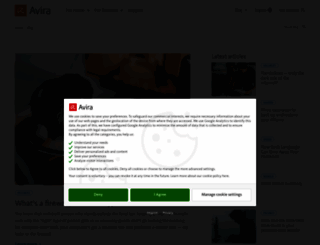Avira Blog - Security News, Reviews and Recommendations
Page Load Speed
8.2 sec in total
First Response
194 ms
Resources Loaded
7.7 sec
Page Rendered
357 ms

About Website
Visit blog.avira.com now to see the best up-to-date Blog Avira content for Germany and also check out these interesting facts you probably never knew about blog.avira.com
The Avira blog with everything to make your digital life safe and successful - Security News, Reviews and Recommendations
Visit blog.avira.comKey Findings
We analyzed Blog.avira.com page load time and found that the first response time was 194 ms and then it took 8 sec to load all DOM resources and completely render a web page. This is a poor result, as 85% of websites can load faster.